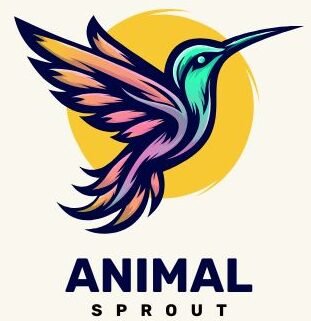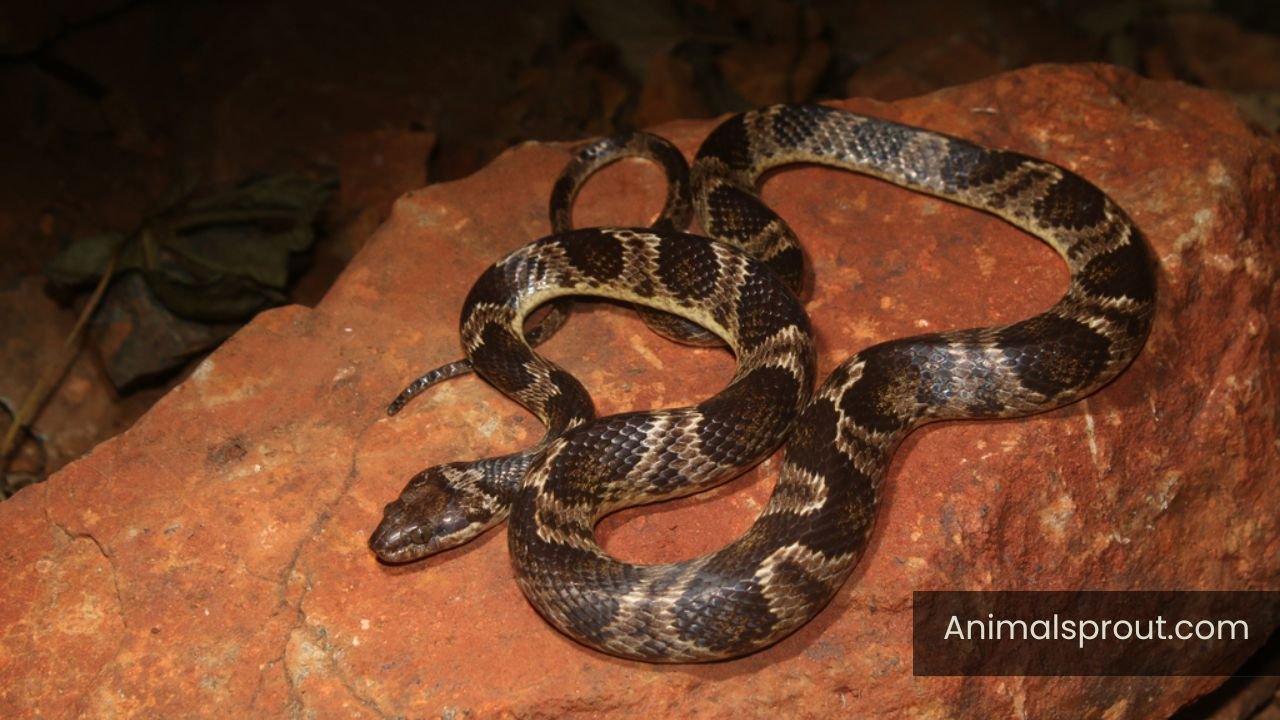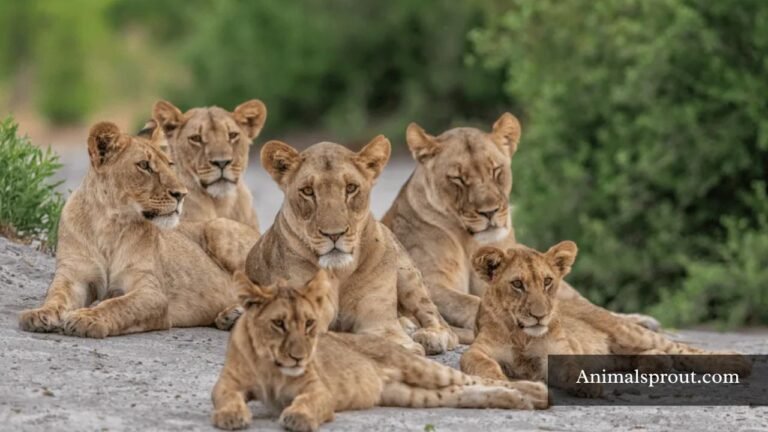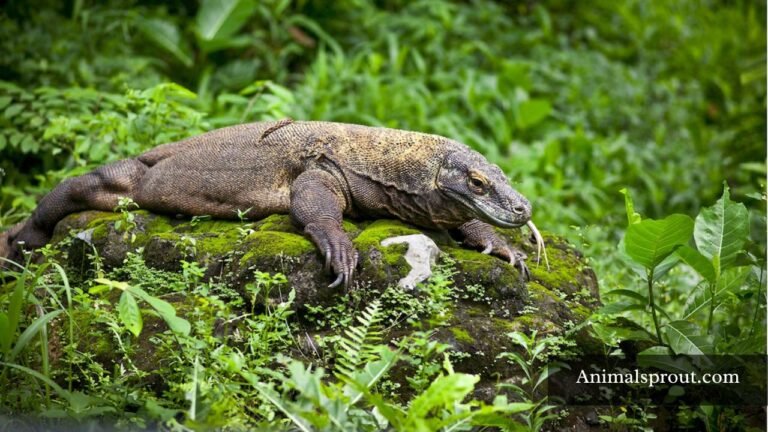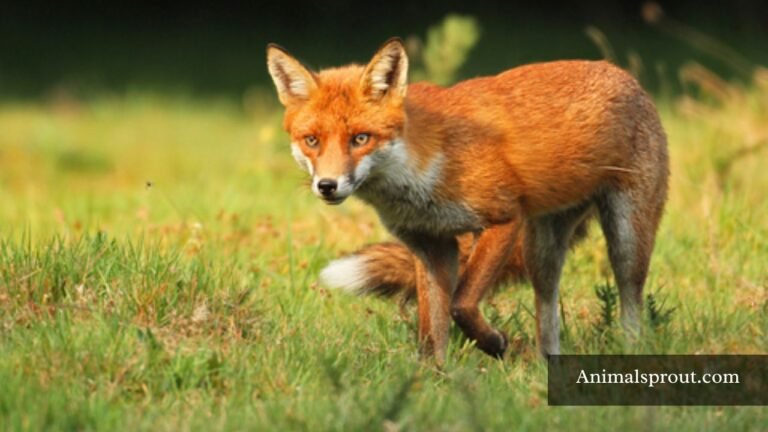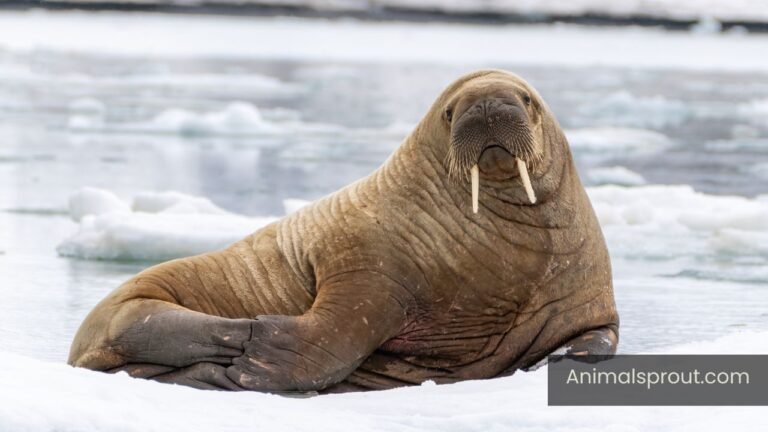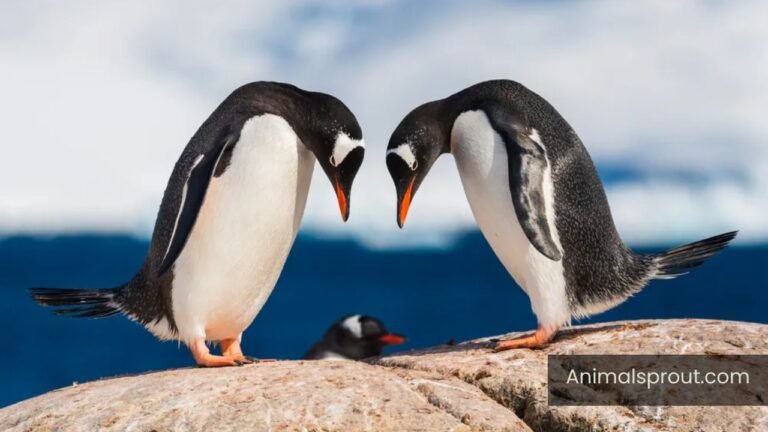Explore Top 8 Dangerous Animals in Aruba (With Pictures)
Did you know that despite its postcard-perfect beaches, Aruba is home to several dangerous animals that can pose a threat to unsuspecting tourists? Understanding the wildlife that inhabits this tropical paradise is crucial for anyone planning a visit. In this article, we will explore the most dangerous animals in Aruba, from venomous creatures to larger predators, and provide essential tips on how to stay safe while enjoying your island adventure.
List Of Dangerous Animals in Aruba
Below is the list of animals that are dangerous in Aruba:
| Number Of Animals | Names Of Animals |
| 1 | Aruba Rattlesnake |
| 2 | Boa Constrictor |
| 3 | Green Iguana |
| 4 | Baker’s Cat-Eyed Snakes |
| 5 | Jellyfish |
| 6 | Caribbean Reef Sharks |
| 7 | Hammerhead Sharks |
| 8 | Whale Sharks |
Aruba Rattlesnake
Scientific Name: Crotalus durissus unicolor
Class: Reptilia
Diet: Carnivore
The Aruba rattlesnake stands as a fascinating yet fearsome inhabitant of this Caribbean island. Unlike its more notorious relatives found in mainland habitats, the Aruba rattlesnake is a unique subspecies that has adapted to the island’s arid environment. Its striking coloration, ranging from sandy browns to vibrant yellows, allows it to blend seamlessly into the rocky terrain, making it an elusive creature for both visitors and researchers alike. While its bite is venomous, the snake is generally reclusive and prefers to avoid human interaction, showcasing an intriguing behavioral adaptation that prioritizes survival over aggression.

What truly sets the Aruba rattlesnake apart is its role in the local ecosystem. As a top predator, it helps maintain the balance of small mammal populations, which in turn supports the island’s diverse flora. This ecological significance emphasizes the importance of conserving its habitat, especially as urban development threatens to encroach on its natural surroundings.
Also read: Explore 15 Snakes With Triangular Heads.
Boa Constrictor
Class: Reptilia
Diet: Carnivore
The Boa Constrictor, often overshadowed by Aruba’s more colorful wildlife, plays a crucial role in the island’s ecosystem. These non-venomous serpents can grow impressively large, reaching lengths of up to 10 feet, and their presence is a reminder of nature’s intricate balance. While they might inspire fear in some, their behavior is generally docile; they prefer to avoid human interaction. This reclusive nature makes encounters rare, but when they do happen, it’s a fascinating opportunity to witness a creature that embodies both elegance and power.
Beyond their imposing size, Boa Constrictors are skilled hunters, utilizing their powerful muscles to subdue prey with a suffocating embrace. This hunting method not only reflects their adaptability but also highlights the importance of maintaining healthy populations of smaller animals on the island. As they blend seamlessly into their surroundings, these snakes are a testament to Aruba’s unique biodiversity, reminding us that even the most feared creatures have a vital role in sustaining the environment.
Green Iguana
Scientific Name: Iguana iguana
Class: Reptilia
Diet: Herbivore
The green iguana, while often perceived as a harmless inhabitant of Aruba’s arid landscapes, carries an unexpected edge that can catch unwary visitors off guard. These vibrant reptiles, with their striking green scales and spiky crests, are more than just a picturesque part of the island’s biodiversity; they play a crucial role in maintaining the ecological balance. However, their seemingly docile nature belies a fierce side when threatened. With strong jaws and sharp claws, a cornered iguana can deliver a painful bite and inflict serious scratches, reminding us that not all island wildlife is as benign as it appears.
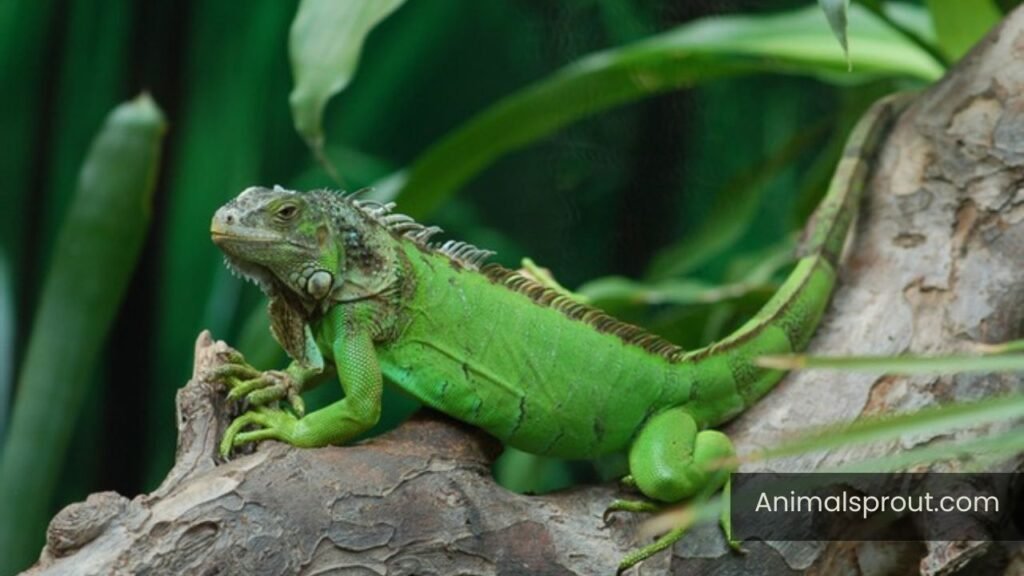
Beyond their physical prowess, green iguanas are also fascinating for their adaptability. As herbivores, they primarily feast on leaves, flowers, and fruits, making them pivotal in seed dispersal and plant propagation. This unique dietary preference not only shapes Aruba’s flora but also underscores the delicate interconnections within its ecosystems.
Baker’s Cat-Eyed Snakes
Class: Reptilia
Diet: Carnivore
Baker’s cat-eyed snake, a remarkable inhabitant of Aruba’s arid landscapes, is both mesmerizing and misunderstood. With its striking vertical pupils and slender body, this reptile blends seamlessly into the desert terrain, making it a master of camouflage. While many may view it as a mere curiosity, the Baker’s cat-eyed snake is an apex predator in its own right, primarily feasting on small lizards and amphibians. Its nocturnal habits add an air of mystery; spotting one requires patience and a keen eye, as they tend to remain hidden during the day.
Yet, the true danger lies not in its appearance but in its venom. Though rarely aggressive towards humans, a bite can provoke significant discomfort and necessitate medical attention. This venom is a potent tool for the snake, allowing it to subdue prey quickly in its quest for survival.
Jellyfish
Class: Scyphozoa
Diet: Carnivore
While Aruba is celebrated for its pristine beaches and vibrant marine life, the presence of jellyfish in its waters serves as a stark reminder of nature’s unpredictability. These gelatinous creatures, often overlooked in discussions about beach safety, can pose serious risks to unwary swimmers. The most notorious among them is the Portuguese Man o’ War, which, despite its name, is not a true jellyfish but rather a colonial organism that can deliver painful stings. Its translucent, balloon-like float can easily blend into the waves, making it a stealthy hazard for unsuspecting beachgoers.
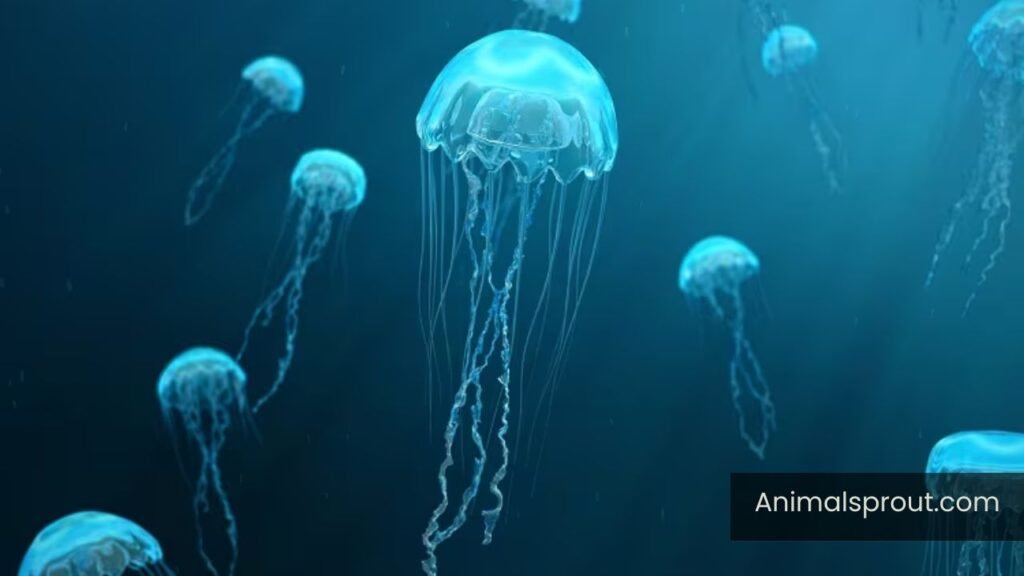
What many may not realize is that jellyfish stings are not only painful but can also lead to allergic reactions or secondary infections. The venom can cause a range of symptoms, from mild discomfort to more severe reactions that necessitate medical attention. Swimmers are encouraged to remain vigilant, especially during certain seasons when jellyfish populations surge due to warmer waters. Awareness is key; understanding how to identify these creatures and knowing how to respond to a sting can make all the difference in enjoying Aruba’s stunning coastline without the worry of an unpleasant encounter.
Caribbean Reef Sharks
Scientific Name: Carcharhinus perezi
Class: Chondrichthyes
Diet: Carnivore
Caribbean reef sharks, while often misunderstood, play a crucial role in maintaining the delicate balance of marine ecosystems around Aruba. These sleek predators are not only fascinating to observe but also embody the spirit of the vibrant underwater world. With their slender bodies and distinctive grayish-brown coloration, they glide effortlessly through the crystal-clear waters, showcasing an elegance that belies their predatory nature. While many might perceive them as threats, encounters with these sharks are often more about curiosity than aggression, as they tend to shy away from divers unless provoked.
What sets the Caribbean reef shark apart is its adaptability and intelligence. Known for their social behavior, these sharks often form schools, demonstrating complex interactions that hint at a level of communication rarely seen in other marine species. Observing them in their natural habitat reveals their critical role in regulating fish populations, ensuring the health of coral reefs. As tourism continues to thrive in Aruba, understanding and respecting these magnificent creatures becomes essential.
Hammerhead Sharks
Class: Chondrichthyes
Diet: Carnivore
Hammerhead sharks, with their distinctive, wide-set heads, are among the most fascinating yet misunderstood predators inhabiting the waters around Aruba. While their appearance might evoke fear, these sharks play a crucial role in maintaining the ecological balance of marine life. Unlike their more aggressive relatives, hammerheads are often curious rather than confrontational, showing interest in divers and snorkelers who venture into their territory. This unique behavior presents an opportunity for underwater enthusiasts to witness their elegance and grace up close, turning what could be seen as a threat into a breathtaking experience.

However, it’s essential to approach encounters with respect and awareness. Hammerheads are social creatures that often travel in schools, particularly during mating season, which can lead to increased sightings around Aruba’s vibrant reefs. While they typically pose little risk to humans, their presence serves as a reminder of the delicate interplay within ocean ecosystems.
Whale Sharks
Scientific Name: Rhincodon typus
Class: Chondrichthyes
Diet: Filter feeder
Whale sharks, the gentle giants of the sea, may sound intimidating due to their size, but they are surprisingly harmless to humans. These magnificent creatures can grow up to 40 feet long, making them the largest fish in the ocean. Despite their massive presence, whale sharks primarily feed on plankton, filtering it through their gills as they glide gracefully through the water. Encountering one while snorkeling or diving in Aruba’s crystal-clear waters is an awe-inspiring experience, often described as swimming alongside a living dinosaur.
While whale sharks pose no threat, their presence in Aruba highlights the delicate balance of marine ecosystems. Their migration patterns are influenced by seasonal changes and food availability, making their sightings a reminder of environmental shifts. As eco-tourism gains traction, local initiatives strive to protect these majestic creatures and their habitats, emphasizing sustainable practices that allow both tourists and wildlife to thrive.
Readmore: Explore Most Dangerous Animals in Puerto Rico.
Final Thoughts
While Aruba is renowned for its stunning beaches and vibrant culture, it is also home to a variety of dangerous animals that warrant caution. From the venomous Baker’s Cat-Eyed Snake lurking in the underbrush to the aggressive jellyfish found in its waters, visitors must remain vigilant to ensure their safety.
Understanding the behaviors and habitats of these creatures can significantly reduce the risk of encounters. By respecting the natural environment and adhering to local guidelines, tourists can enjoy all that Aruba has to offer without unnecessary fear.
FAQs
Are there dangerous sharks in Aruba?
Yes, there are sharks in the waters around Aruba, but encounters with dangerous species are quite rare.
What is the most common animal in aruba?
The most common animal in Aruba is the Aruba whiptail lizard. This small, vibrant lizard is native to the island and can often be seen darting around in various habitats, from beaches to rocky areas.
Are there monkeys in aruba?
No, there are no native monkeys in Aruba. The island’s wildlife is primarily composed of species that thrive in its unique desert-like environment. While you might see iguanas and various bird species, monkeys are not part of the natural fauna here.
